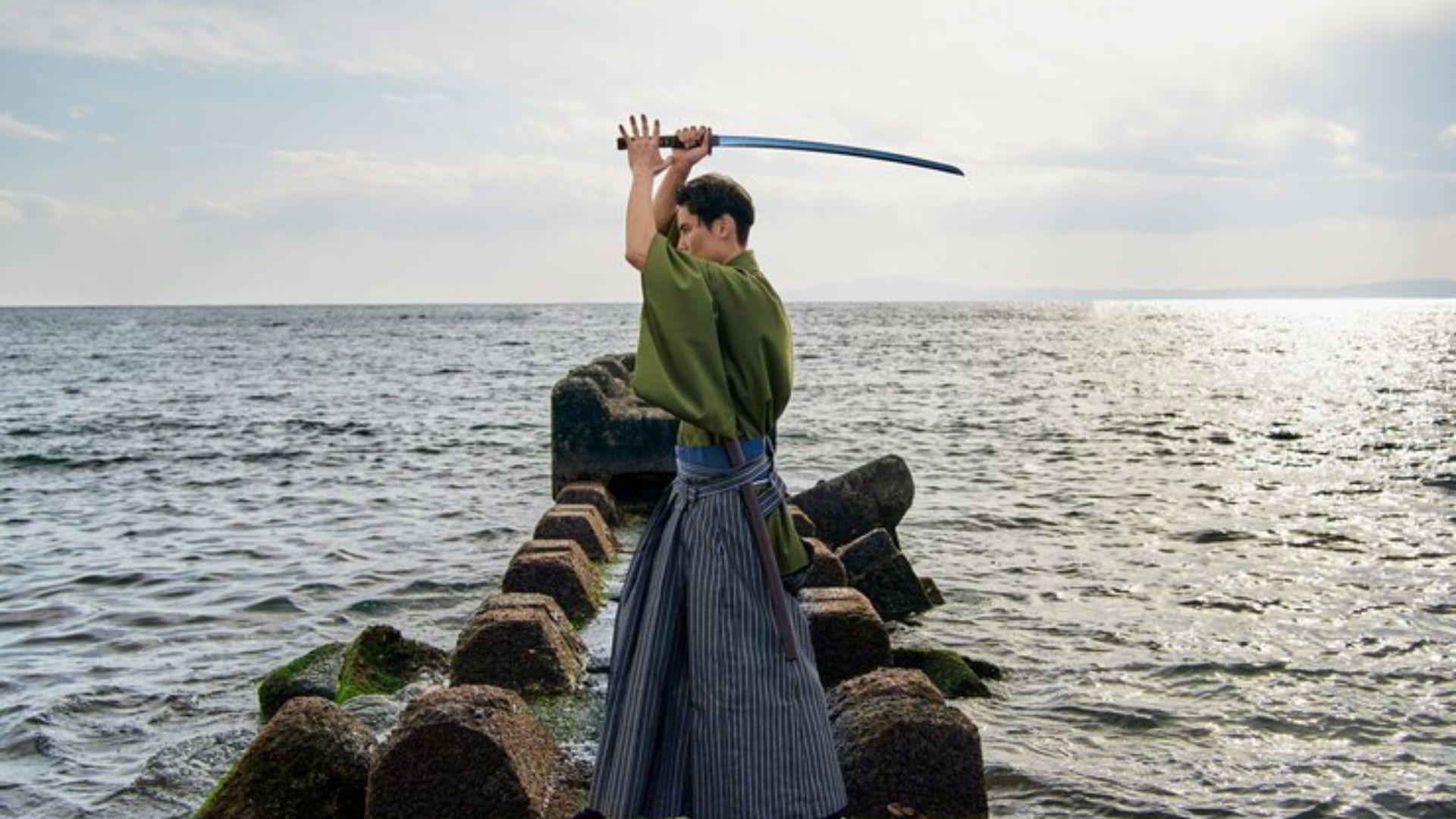Suio Ryu style’s is one of the most esteemed traditional Japanese martial arts, renowned for its rich history and diverse techniques. Established in the early 17th century, Suio Ryu encompasses various disciplines, including kenjutsu (swordsmanship), bojutsu (staff techniques), and naginatajutsu (polearm techniques). This article delves into the origins, techniques, philosophy, and modern relevance of Suio Ryu style, providing insights for both practitioners and enthusiasts.
The Historical Background of Suio Ryu Style
Origins of Suio Ryu Style
Founded by Munehiro Suio in 1615, Suio Ryu style’s emerged during a period when Japan was transitioning from feudal warfare to relative peace. Munehiro sought to create a comprehensive martial art that would prepare practitioners for combat while instilling discipline and honor. Over the years, Suio Ryu has maintained its core principles while adapting to the changing times.
Key Figures in Suio Ryu Style History
Several notable masters have contributed to the preservation and evolution of Suio Ryu style. The lineage includes direct descendants of Munehiro Suio and esteemed students who have enriched the school’s techniques and philosophies. This legacy is vital in maintaining the authenticity and integrity of the style.
Techniques of Suio Ryu Style
Core Techniques
Suio Ryu style’s is characterized by a wide array of techniques, which include:
Kenjutsu: The art of wielding the sword, emphasizing precision, timing, and effective combat strategies.
Bojutsu: Techniques involving the long staff, focusing on distance management and striking.
Naginatajutsu: Training with the naginata, which blends slashing and thrusting, allowing for versatile combat.
Tantojutsu: The use of the dagger, specializing in close-quarters combat.
Each of these disciplines features a series of kata, or forms, that practitioners must learn and master through repetition.
Training Practices
Training in Suio Ryu style’s involves several essential components:
Kata Practice: Learning and performing kata helps students internalize techniques and develop muscle memory.
Partner Drills: Sparring and practicing with a partner allow for the application of techniques in a dynamic context.
Physical Conditioning: Building strength, flexibility, and endurance is crucial for effective performance.
Philosophical Study: Understanding the historical and philosophical background of Suio Ryu is essential for holistic training.
The Philosophy of Suio Ryu Style
The Way of the Samurai
Suio Ryu style’s embodies the principles of bushido, the samurai code of ethics that emphasizes honor, loyalty, and self-discipline. Practitioners are encouraged to cultivate not only their martial skills but also their character, promoting a mindset that values respect and integrity.
Mental Aspects of Training
Mental training is as important as physical conditioning in Suio Ryu style. Practitioners engage in meditation and mindfulness exercises, fostering focus and composure under pressure. This mental discipline enhances overall performance and cultivates resilience in various life challenges.
Suio Ryu Style in Modern Times
Global Expansion
In recent years, Suio Ryu style’s has gained international recognition. Dojos worldwide now offer training in this traditional martial art, attracting individuals interested in authentic Japanese culture and combat techniques. This global reach helps preserve the art while introducing it to diverse audiences.
Integration with Other Martial Arts
Many practitioners find value in integrating Suio Ryu style’s with other martial arts, such as Brazilian Jiu-Jitsu or Muay Thai. This cross-disciplinary approach enriches training experiences and enhances practical skills, showcasing the adaptability of Suio Ryu.
Conclusion
Suio Ryu style’s represents a profound journey into the world of Japanese martial arts, blending technique, philosophy, and tradition. With its deep historical roots and diverse range of techniques, it continues to captivate practitioners around the globe. Whether you are a seasoned martial artist or a curious beginner, exploring Suio Ryu style’s offers valuable lessons in discipline, focus, and respect.
ALSO READ:Sinbros Erome: An In-Depth Exploration
FAQs
What does “Suio Ryu” mean?
“Suio Ryu” translates to “School of Suio,” named after its founder, Munehiro Suio. It signifies a lineage of martial arts with a rich heritage.
Is Suio Ryu style suitable for beginners?
Yes, Suio Ryu style is suitable for beginners. Most dojos offer introductory classes to help newcomers learn the basics at their own pace.
How can I find a Suio Ryu dojo?
To find a Suio Ryu dojo, search online for martial arts schools that specialize in traditional Japanese arts. Many dojos host seminars or beginner classes.
What are the benefits of practicing Suio Ryu style?
Practicing Suio Ryu style’s offers numerous benefits, including improved physical fitness, enhanced mental focus, and a deeper understanding of Japanese culture and philosophy.
Can I practice Suio Ryu style if I have experience in other martial arts?
Absolutely! Many practitioners of Suio Ryu have backgrounds in various martial arts. The techniques and philosophies can complement and enhance your existing skills.







